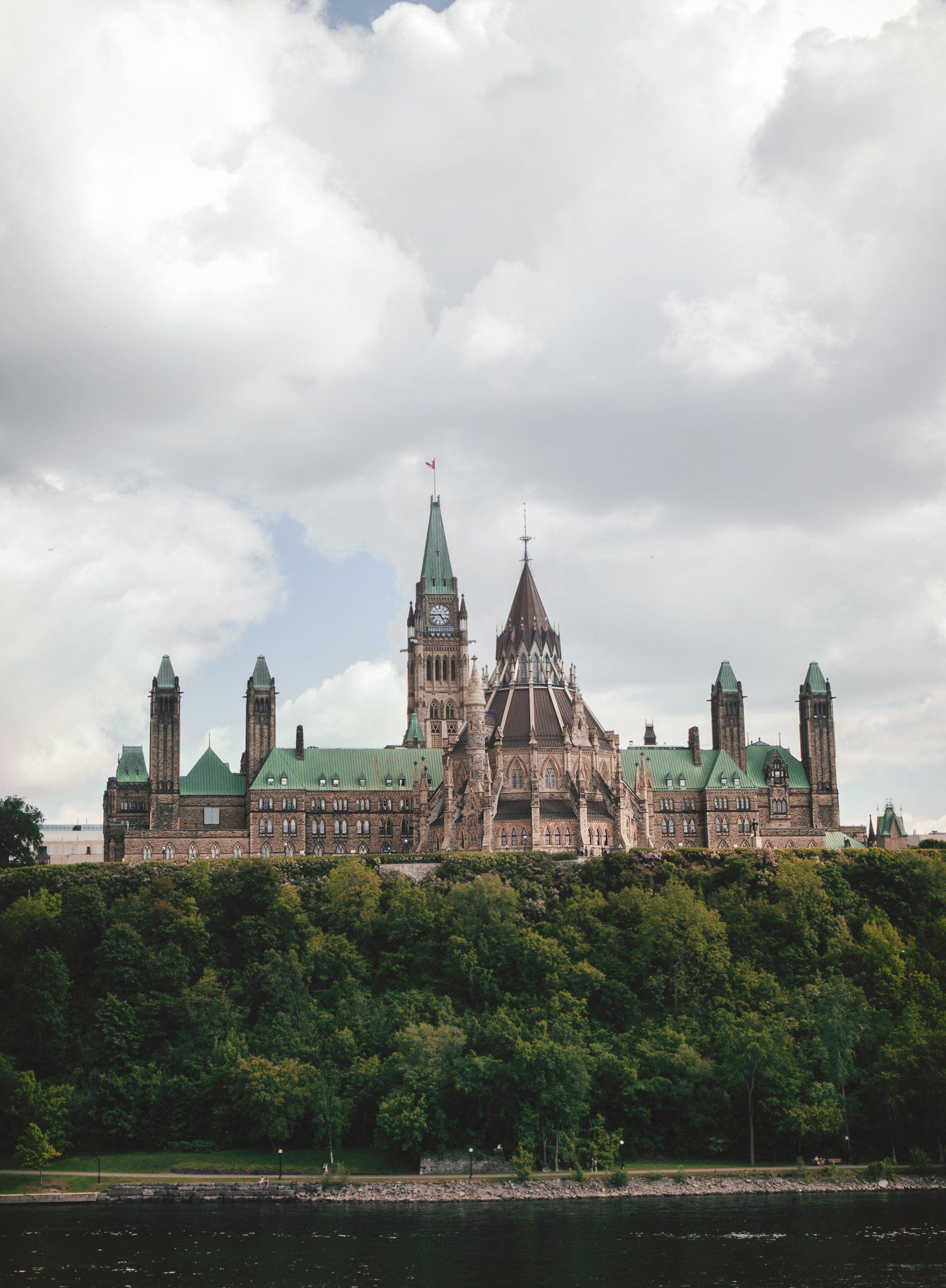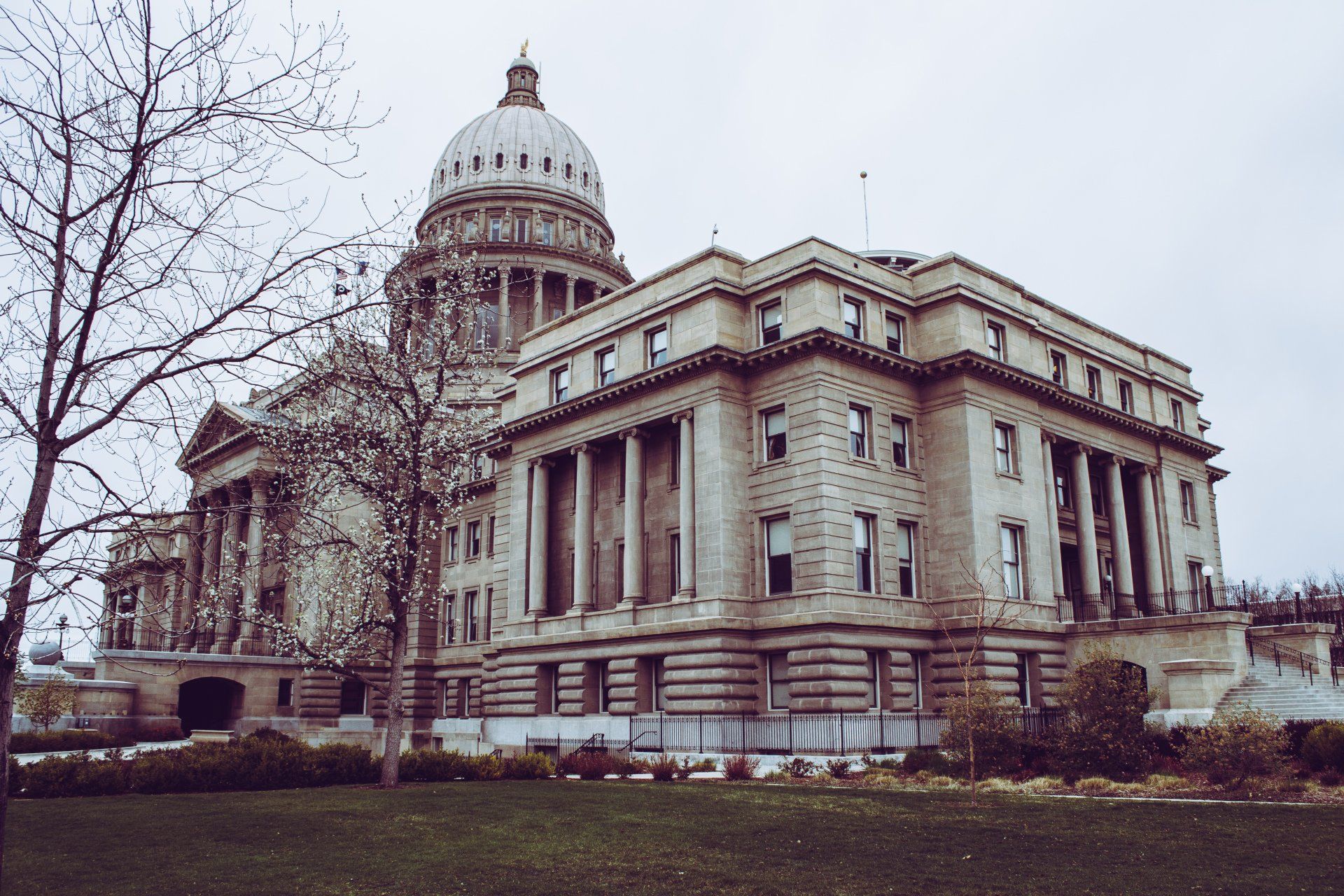The Pros and Cons of Natural Gas
The Role of a Fossil Fuel in Sustainable Power Generation
Unlike wind, solar, hydropower, or nuclear, natural gas is a fossil fuel that must be burned to release energy. It is non-renewable and releases high levels of greenhouse gas emissions.
That makes natural gas unique in our ongoing series of alternative energy sources. However, natural gas will likely play an important role in the transition toward sustainable energy. It has significant advantages over oil and coal and has the added benefits of being widely available, easily dispatchable, and relatively cost-effective.
This article will explore how natural gas is currently used in the global energy mix and introduce some of the pros and cons of using natural gas alongside other energy sources.
How Is Natural Gas Currently Being Used?
Natural gas makes up 24 percent of the global energy mix. On its own, natural gas makes up a larger share of global energy consumption than all low-emission and sustainable energy sources combined.
The United States is by far the world’s largest consumer and producer of natural gas, producing nearly a quarter of the world’s supply of natural gas and consuming more than 830 billion cubic meters (BCM). Russia, China, Iran, and Saudi Arabia follow, while Canada consumed 112 BCM in 2020.
Trinidad and Tobago gets nearly 90 percent of its total energy from natural gas. Uzbekistan, Turkmenistan, Qatar, and Bangladesh all rely on gas for more than 70 percent of their total energy requirements.
Because of falling demand and lower energy usage caused by the pandemic, natural gas production dropped to 3.9 trillion cubic meters (TCM) in 2020. However, this short-term drop is not expected to be an ongoing trend, and by 2040, gas production is expected to grow by 24 percent to 4.85 TCM.
The Advantages of Natural Gas
Low Construction Cost
Though the average cost varies depending on the type of facility and the technologies used, natural gas-fired plants are relatively straightforward and cost-effective to build, especially when compared to other power-generating facilities.
Combustion turbines burn natural gas to spin a turbine. According to the U.S. Energy Information Administration (EIA), combustion turbine facilities can range from as low as $709/kilowatt (kW) of generating capacity for industrial frame turbines to $1,169/kW for aero-derivative turbines.
Combined-cycle plants use a mix of combustion turbines and steam turbines. Waste heat from the gas turbine is harnessed to turn a nearby steam turbine, increasing efficiency and lowering operating costs. The average cost of a combined-cycle facility is around $1,000/kW, though this can rise to $2,471 for a facility built with 90 percent carbon capture or sequestration (CCS).
Despite this variation, natural gas plants are among the cheapest facilities to construct, making them a highly attractive way to increase capacity.
Widespread Availability and Role in Energy Transition
As we transition toward renewable and low-emission energy sources, we still need to ensure robust, reliable, and affordable access to electricity.
The energy currently produced by burning oil and coal must come from somewhere, and, at least in the short-term, today’s renewable energy and storage technologies can’t make up the difference.
Natural gas can be viewed as a bridge to help accelerate away from comparatively worse oil and coal and ease the transition to wind, solar, hydro, and nuclear power. Natural gas releases nearly half the CO2 emissions of coal and produces significantly fewer pollutants, while technologies such as CCS can further reduce emissions. Though it’s not perfect, it’s a significant improvement.
The widespread availability of natural gas resources also makes it an attractive alternative. There are an estimated 205.4 trillion cubic meters of proved reserves that can be reasonably recovered under existing economic and operating conditions.
For countries rich in natural gas resources, like the U.S., natural gas also provides a level of energy independence that reduces the need to rely on oil imports, though, as we will see below, this is not true for every country or region.
Easily Dispatched in Response to Demand
The greatest advantage of natural gas facilities is that they can easily be turned on or off within minutes to respond to fluctuations in demand. As variable power sources such as wind and solar become more prominent, the ability to dispatch power when it’s needed in response to daily spikes, seasonal trends, or short-term capacity requirements is vital to ensuring reliable access to power.
The different types of gas-fired plants can be used to meet different energy needs. Combined-cycle plants are more efficient, making them well-suited to providing baseload power. Combustion turbines, on the other hand, are less efficient and can be turned on for peak times and turned off when demand is low.
The Disadvantages of Natural Gas
Greenhouse Gas Emissions and Leaks
Though better than oil or coal, natural gas is still a fossil fuel and still emits greenhouse gases such as CO2. When burned, natural gas has a lifetime emission rate of 78 grams of CO2 equivalent per kilowatt-hour (g CO2e/kWh), far lower than coal at 109 g CO2e/kWh. However, natural gas is mostly methane, a highly potent greenhouse gas that is 25 times worse than CO2 over a 100-year period. Unburned natural gas released into the atmosphere due to leaks or other waste can quickly overwhelm the savings.
One study found that a leakage rate of just 2.7 percent is enough to wipe out the climate benefits of using natural gas. Though leakage rates are disputed by industry, governments, and environmental groups, a separate study conducted using satellite data found that 3.7 percent of the gas produced in the Permian Basin leaked into the atmosphere, indicating that emission levels are higher than otherwise reported. In the U.S., 30 percent of methane emissions result from natural gas and petroleum systems.
Environmental Costs of Fracking
Natural gas deposits are located underground. Convention natural gas deposits are fairly simple to access using traditional drilling techniques. But as these easily accessible reserves have been used up, new techniques have been developed to access gas trapped in non-porous rock.
Hydraulic fracturing, commonly known as fracking, uses large volumes of water mixed with chemicals and sand to fracture the material surrounding the gas. Fracking is highly water-intensive, and a single well can use up to 9.6 million gallons of water. Toxic chemicals added to the water or dissolved from the naturally occurring materials in the rock mean that most of the water cannot be restored or treated. It ends up stored underground or in tailing ponds, where it can leak into nearby drinking water supplies.
In 2013, approximately 9.4 million people in the U.S. lived within one mile of a hydraulically fractured well, where they are at risk of increased air pollution and exposure to toxic chemicals known to cause illness, cancer, organ damage, nervous system disorders, or birth defects.
Subject to Market Prices and Shortages
Until recently, the low cost of natural gas was part of its advantages over other energy sources. However, as a globally traded commodity, natural gas is subject to price fluctuations and swings caused by supply and demand.
Natural gas prices have risen significantly in 2021, especially in Europe, due to supply disruptions caused by the pandemic, an unexpectedly cold winter, and dwindling storage levels. By mid-October 2021, gas prices in Europe were up 500 percent, while the U.S. saw price increases of 150 percent.
Europe, which relies on imports for 90 percent of its gas, is especially vulnerable to rising prices and reductions in supply from countries like Russia. Already, Europeans are seeing skyrocketing energy costs for electricity and heating. High natural gas prices can also lead to inflation as the cost of sourcing, producing, and distributing goods and services increases.
An Alternative Energy Source That Will Fill a Gap in the Global Energy Mix
In the quest for a more sustainable future, natural gas is just one step on the journey – not the end destination. It will play an important role in the coming years as we move toward more renewable sources of power. With more than 60 percent of current global energy produced by oil and coal, natural gas can help ease the transition while filling a vital gap and ensuring reliable and affordable access to power.
That said, recent price increases, supply shortages, and a growing recognition of the environmental impacts of fracking and leakages will likely temper some of the excitement for natural gas. To successfully reduce greenhouse gas emissions, natural gas should be used alongside continuous investment in other energy sources.


